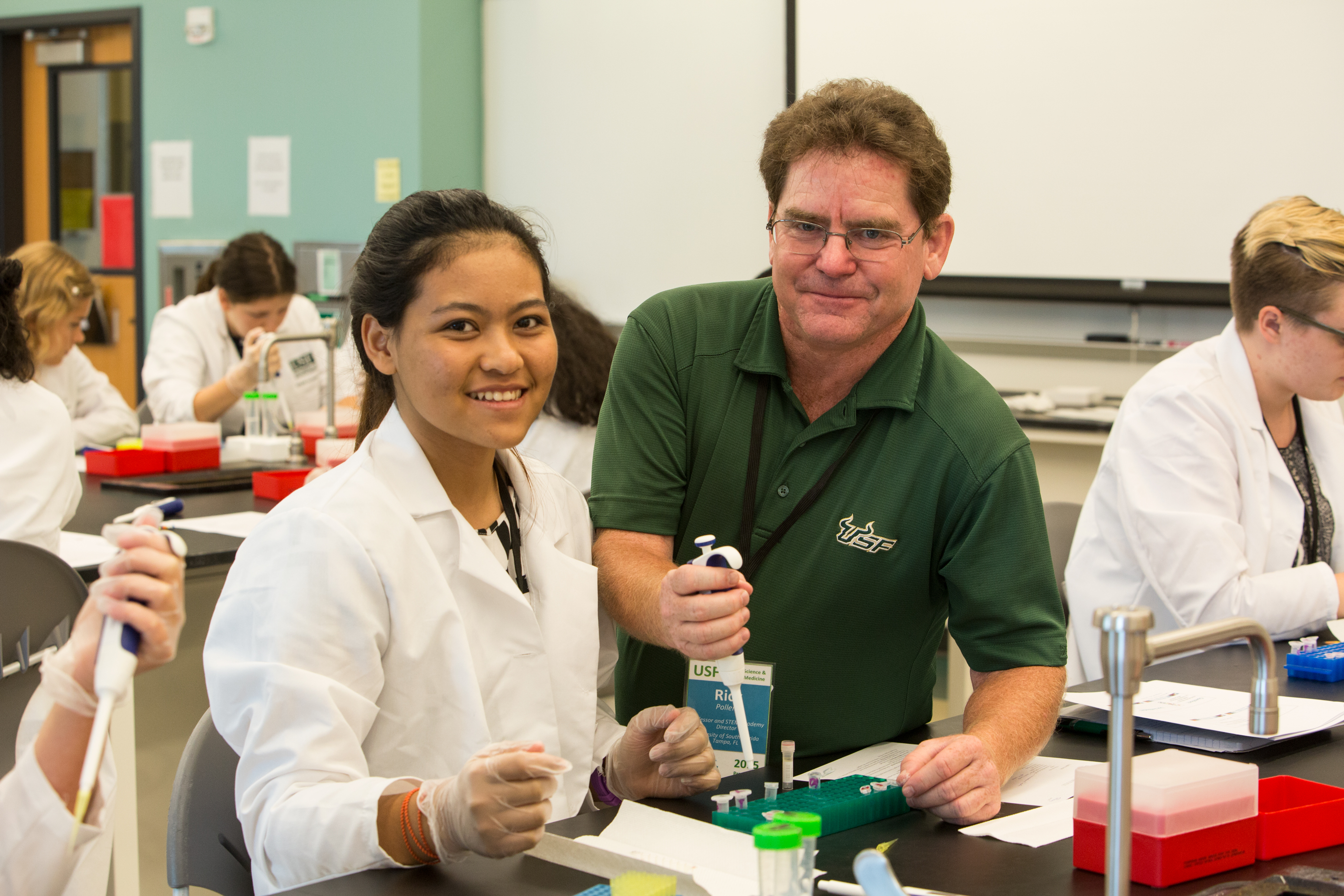Below is a summary of the abstract you submitted. Presenting author(s) is shown in bold.
If any changes need to be made, you can modify the abstract or change the authors.
You can also download a .docx version of this abstract.
If there are any problems, please email Dan at dar78@pitt.edu and he'll take care of them!
This abstract was last modified on May 2, 2019 at 9:17 a.m..

Analysis of phage from every cluster show that the longest genes are typically tapemeasure and very few encode proteins >2000aa. Akoni is a cluster EK2 podoviridae actinobacteriophage that has a 54,307bp genome containing 55 genes. Gene #31 is the first gene in the forward direction and it is a 13,464bp ORF (nearly 25% of its genome) coding for a protein of 4487aa making it the largest gene ever found in a phage. There are 5 EK1, 2 EM and one other EK2 phage that are also podoviridae and contain a >13,000bp gene in the same location. The goals of this project were to 1) search the bioinformatics databases to determine if other phage expressed a similar protein, and 2) determine if the protein product of gene #31 could be detected within a purified population of Akoni. A standard NCBI BLASTp analysis did not detect any significant hits, however, using PSI-BLAST (Position-Specific Iterative Basic Local Alignment Search Tool), revealed low identity hits to virion RNA polymerase (vRNAP) from E. coli phage Pollock and other N4-like phage. Analysis showed that 1) all of the phage encoding the vRNAP were classified as podoviridae, 2) the vRNAP gene was the first gene in the reverse or forward position, 3) the vRNAP gene encoded a very large protein of ~3,500 amino acids and 4) the vRNAP proteins did not contain cystine. Although compelling, 3D modeling, HHPred analysis and secondary structure predictions with different regions of gene #31 protein and vRNAP did not reveal any significant similarities between the two sequences. vRNAP is predicted to be associated with the capsid and responsible for early gene transcription. To determine if the gene #31 protein could be detected in Akoni, 20-25ml of high titer Akoni lysate was centrifuged, concentrated in <300ul, subject to several rounds of sonication to disrupt the phage and processed for SDS-PAGE or digested with trypsin for proteomic analysis using GC/MS. Proteomic results show that the gene #31 product was detected with high intensity spanning 52 different peptides. The coverage of gene #31 ranged from amino acid 62 to 4303 suggesting that the entire protein was translated. The products of genes #32-37 were also detected as were #40-46. The majority of genes in this region did not have many functional calls, but were predicted to be structural and included the portal protein (#32) and several minor tail proteins (#35-37). SDS-PAGE results of coomassie stained gels have not yet shown a high molecular mass protein that migrates above the 250kDa molecular mass marker but do show an intense band that migrates at ~60kDa. Gene #33 encodes a 555aa protein (60kDa) and it is possible this may be a capsid protein. These studies validate that the gene #31 product is a component of the intact phage particle. Future research will be important to determine the precise function of the protein. It is intriguing to speculate that this unique protein may be an actinobacteriophage version of the vRNAP.

